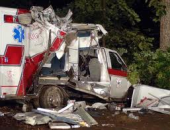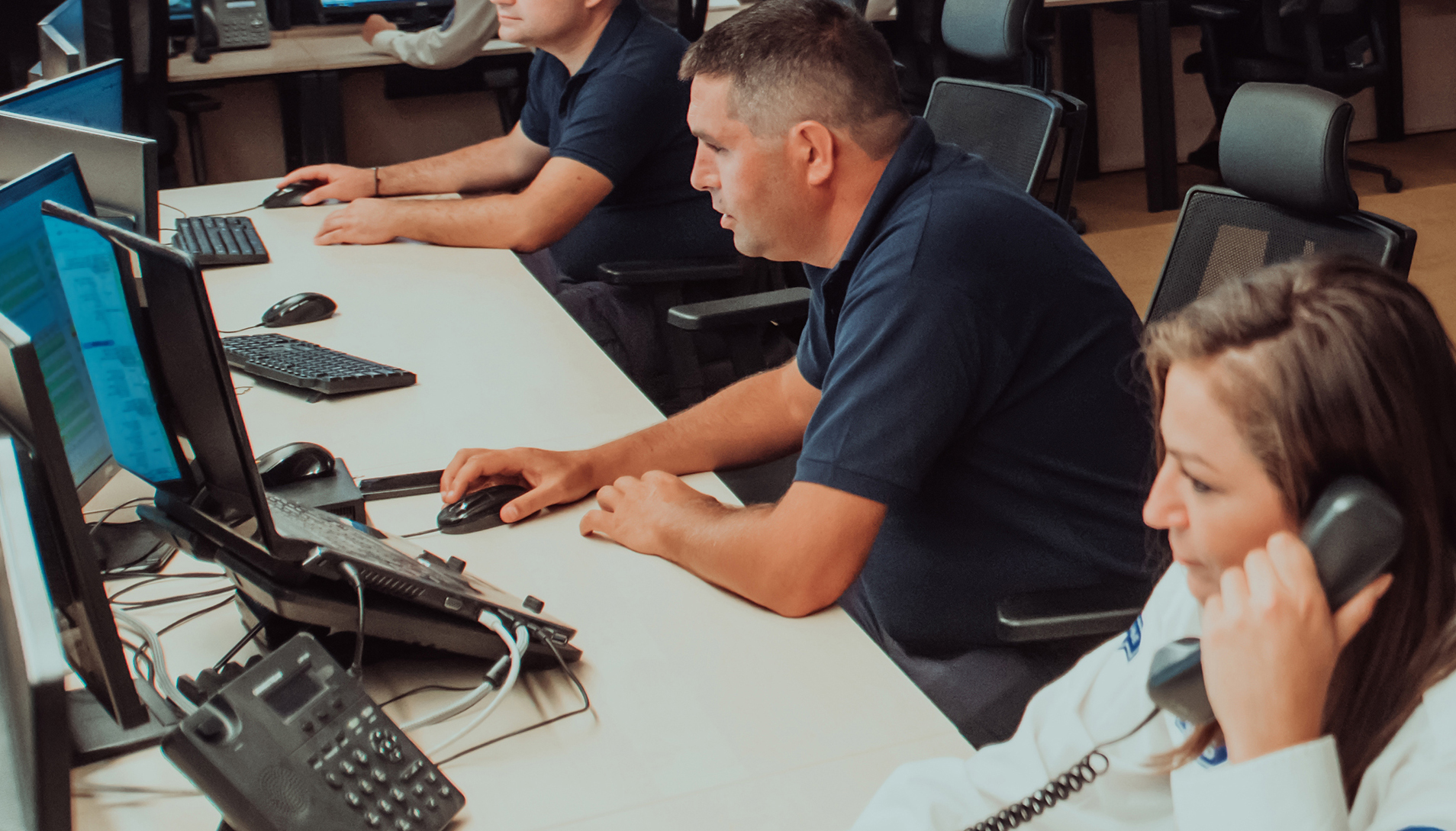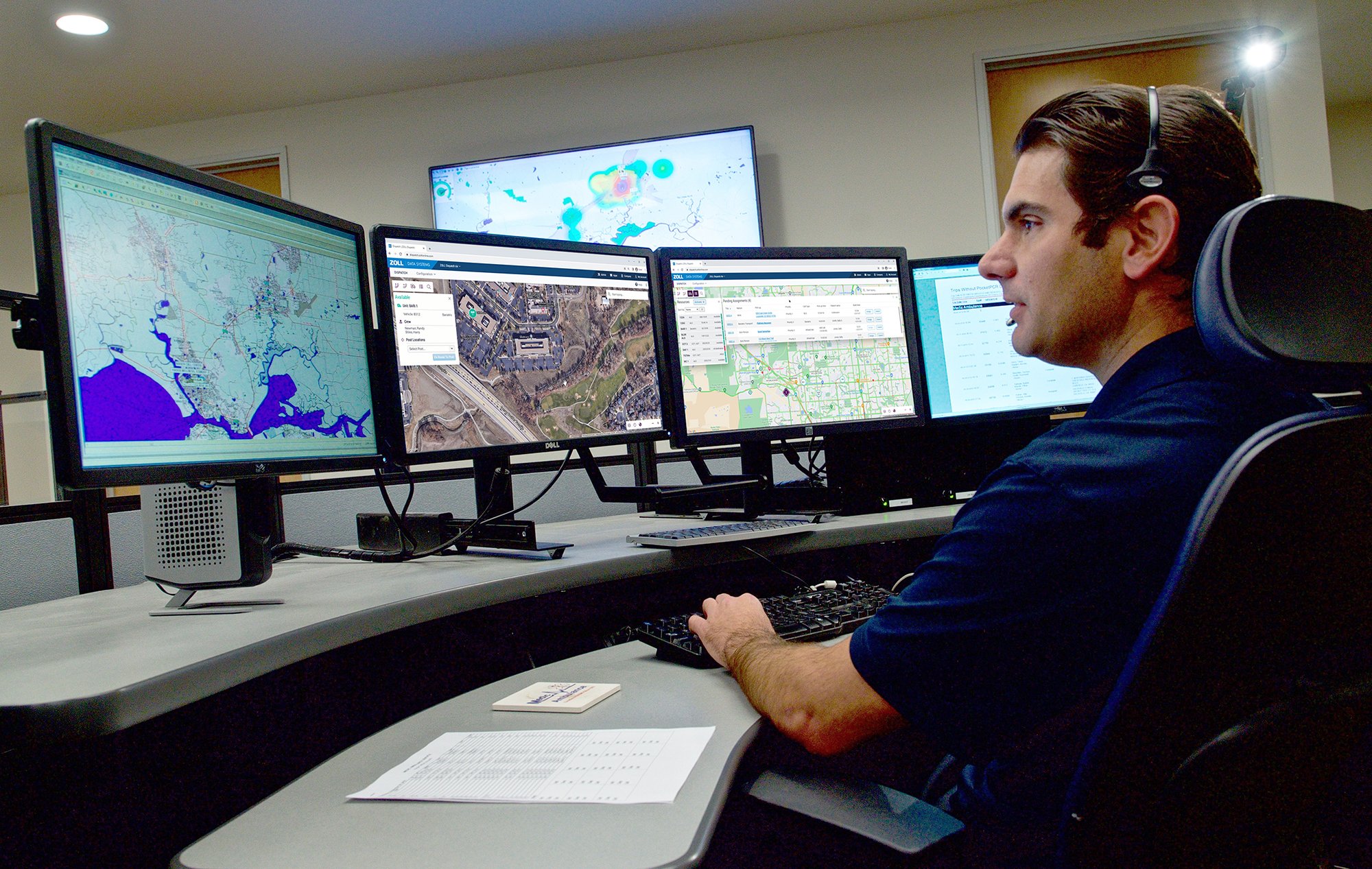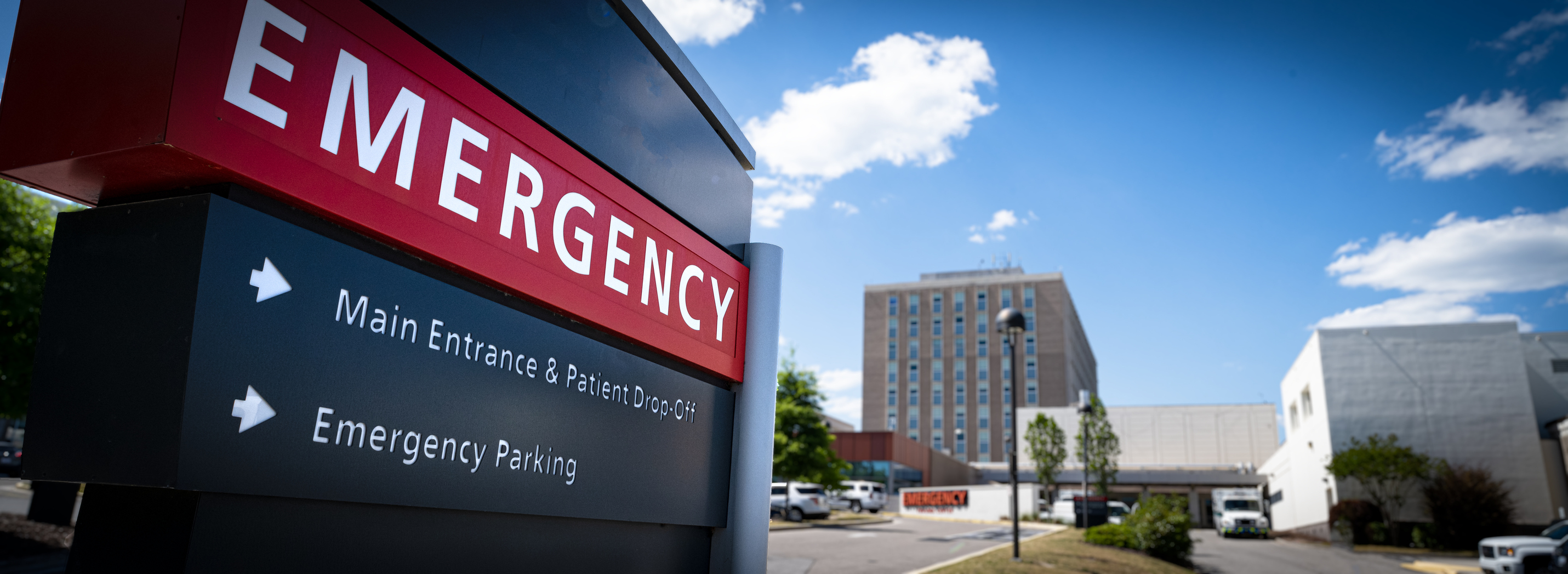Rescue Squad Adopts an Intuitive CAD Solution To Ramp up Dispatch and Improve Data Visualization
Safe Vehicle Operations: A Shift Toward a "Culture of Safety"
Before the days of wearing personal protective equipment, safety consisted of protecting yourself from a combative patient or keeping your back strong and healthy.

Before the days of wearing personal protective equipment, safety consisted of protecting yourself from a combative patient or keeping your back strong and healthy. Safety from a provider standpoint or even that of leadership was not really on the radar screen. There was no data to indicate the potential risks involved with being a service provider or clinician. Safety, if it was part of training was very limited and often ignored because there were really no perceived risks.
Fast forward to today... look at what the education of blood borne pathogens and protective devices have done to keep EMS providers safe. You don’t think twice about protecting yourself because the culture has shifted. So why has vehicle safety been slow to take hold in the EMS and Fire services? Think about it, it’s all about response times and getting to the scene quickly. The public has the expectation that you need to respond to their emergency the fastest.
There is a point that fast becomes unsafe and are only jeopardizing the crew, patient and the public. Vehicle safety goes well beyond not driving too fast. What about seatbelt compliance, intersection procedures and safe backing operations? Solid driving manuals and policies along with comprehensive on-boarding and on-going staff training are keys to reducing crashes. In my state (MN) you are required to take an Emergency Vehicle Operator's Course (EVOC) once. After that, there is no regulatory requirement for additional training.
Considering 75% of EMS fatalities are transportation related should have everyone nervous. Crash related lawsuits are more frequent and costly then malpractice suits. According to a study by T.E.A.M. Driving Concepts, they found that during 2004 – 2007 there were 10 vehicle lawsuits to every 1 malpractice suit. Average settlements were over 1 million dollars.
The financial implications of a crash are staggering when you start looking how they affect the bottom line. Don’t be fooled to think that insurance is going to cover all the costs. There are many indirect expenses that result from a crash and they add up fast. Controlling expenses without sacrificing service and quality needs strong oversight. Don’t become myopic as it relates to revenue, after all, with reimbursement getting more unsettled it’s easy to lose focus.
EMS and Fire providers that are proactive in their vehicle safety programs have seen the fruits of their investments. They have reduced their exposure to risk and reap not only from the financial benefits. They have made the commitment to protect their staff, patients and the public from unnecessary harm. At the end of the day, that’s the one which is most important.
As I continue my series of vehicle safety blogs, I’ll take a much deeper dive into topics that administrators, operations, training and quality-safety leaders will find relevant as they start or enhance their “Culture of Safety”.
Related Posts
Meet the New ZOLL Dispatch and ZOLL Respond CAD Solution
ZOLL Data Systems | Dec 14, 2023
Data Interoperability Drives Better Coordination of Care in Emergent Patient Transitions
ZOLL Data Systems | Nov 13, 2023
ZOLL Pulse Blog
Subscribe to our blog and receive quality content that makes your job as an EMS, fire, hospital, or AR professional easier.
ZOLL Pulse Blog
Subscribe to our blog and receive quality content that makes your job as an EMS, fire, hospital, or AR professional easier.



